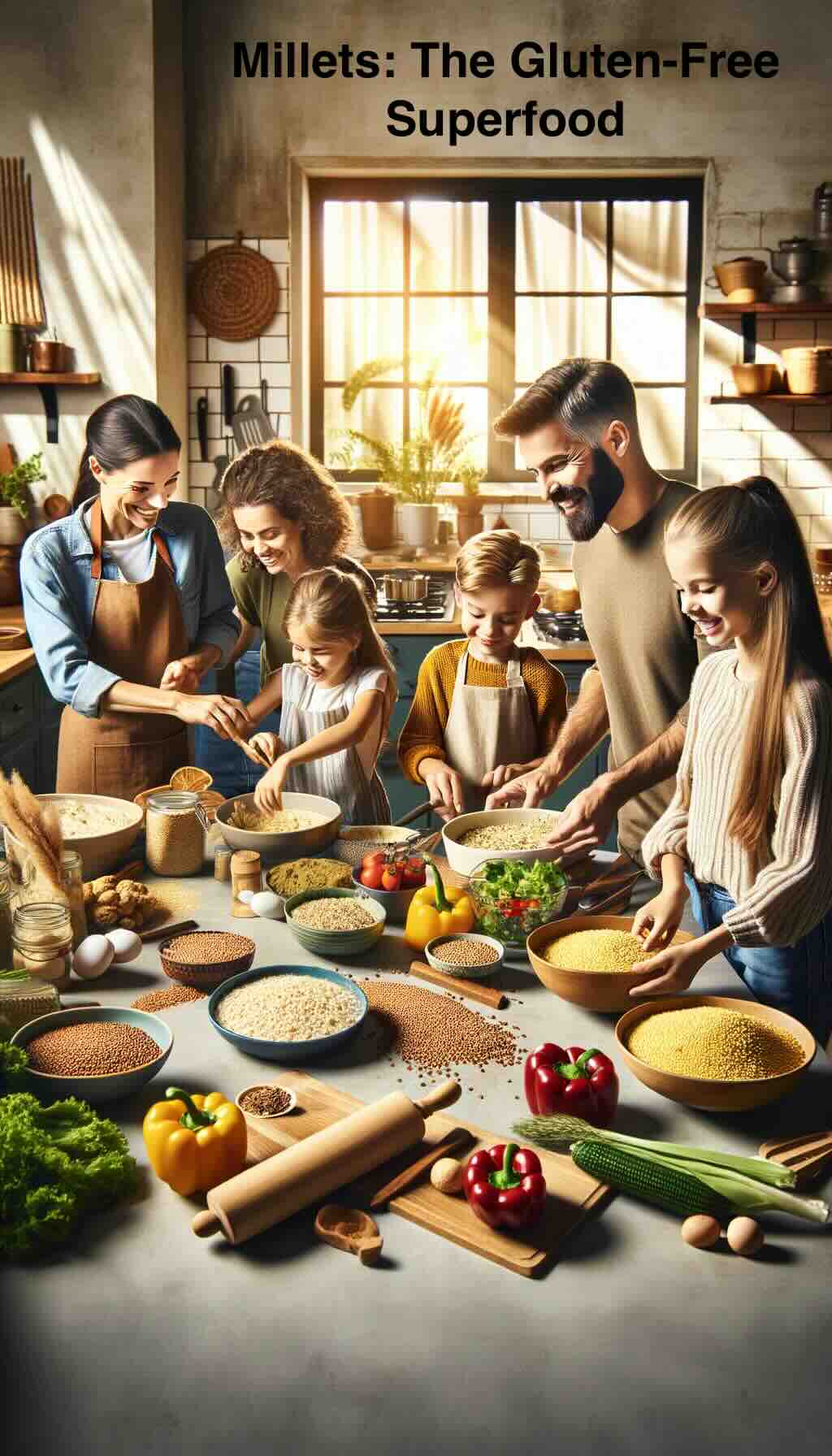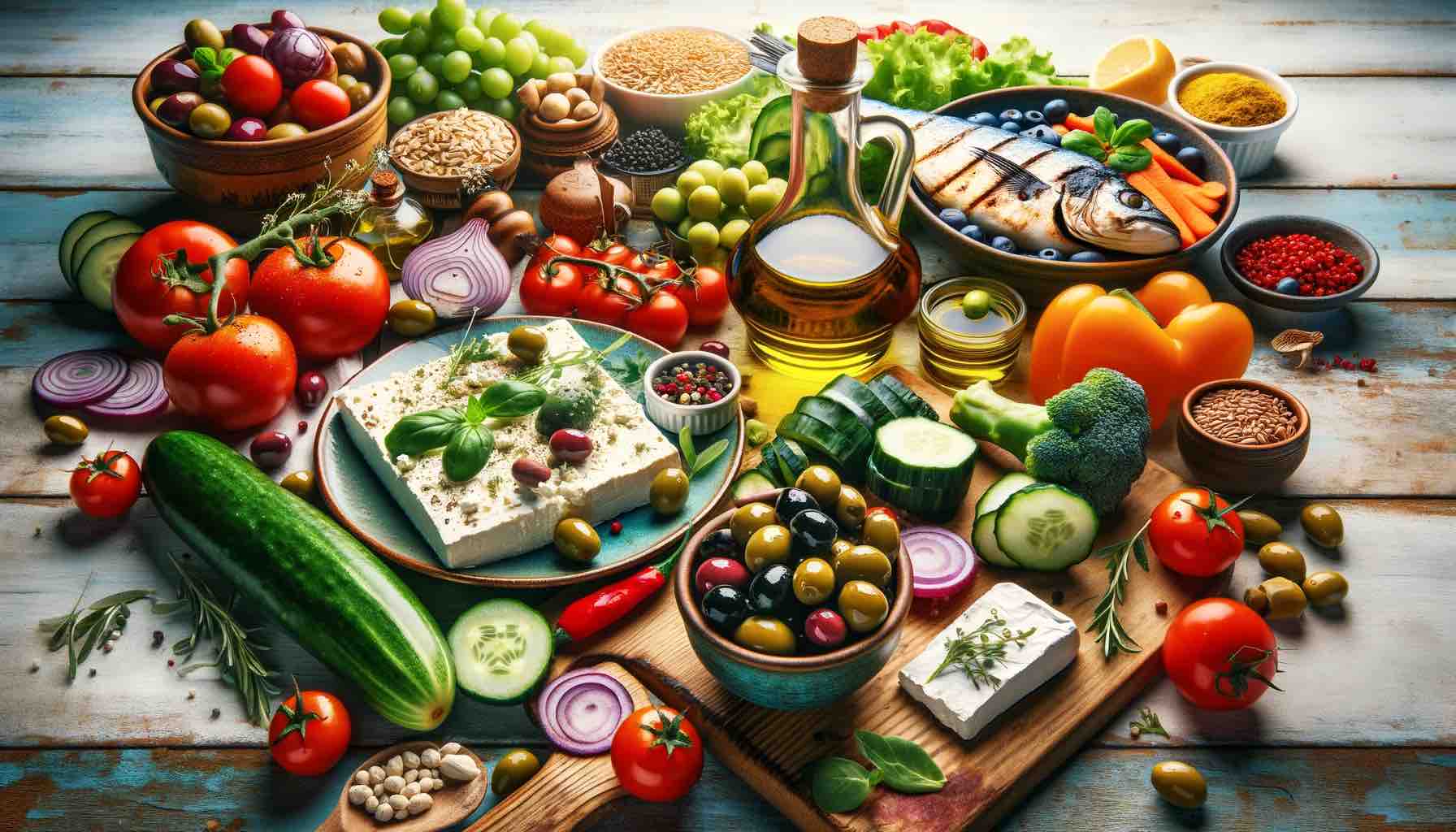
In the era of superfoods taking the center stage, one group of ancient grains is making a powerful comeback: Millets. Once the backbone of ancient civilizations, these tiny but mighty grains are here to revolutionize our modern diets with their impressive nutritional prowess and health benefits. Let’s dive deep into the world of millets and explore why they deserve a prime spot on your plate.
The Mighty Nutritional Profile of Millets
Millets are a nutritional dynamo, boasting a wealth of vitamins, minerals, and bioactive compounds. These grains are a fantastic source of B-vitamins, crucial for energy production and brain health, and minerals such as magnesium, potassium, and iron, which support muscle function, blood pressure regulation, and overall bodily health.
Dietary Fiber Dynamo
Packing a punch with dietary fiber, millets are your gut’s best friend. They aid in digestion, promote regular bowel movements, and help keep your blood sugar levels in check. This high fiber content also plays a role in cholesterol management, contributing to a healthier heart.
Antioxidant Abundance
Millets are rich in antioxidants like quercetin, curcumin, ellagic acid, and other phytochemicals that combat oxidative stress and inflammation, reducing the risk of chronic diseases such as cancer and heart disease.
Protein Powerhouse
With a high protein content, millets provide the essential amino acids your body needs to repair tissues, support immune function, and fuel your muscles, making them an excellent choice for vegetarians and vegans.
Gluten-Free Goodness
For those with celiac disease or gluten sensitivity, millets are a safe and nutritious alternative to wheat and other gluten-containing grains, allowing you to enjoy a variety of meals without the worry.
Versatile in the Kitchen
Millets’ adaptability in recipes is unmatched. From breakfast porridges to salads, soups, and even desserts, millets can be cooked in countless ways. Whether you’re making a savory pilaf with foxtail millet, a comforting bowl of finger millet porridge, or fluffy pearl millet rotis, these grains bring both nutrition and flavor to the table.
Sustainable and Eco-friendly
Millets are not only good for you but also for the planet. They require significantly less water than other grains and thrive in poor soil conditions, making them a sustainable choice in the face of climate change.
Embracing Millets for a Healthier Lifestyle
Integrating millets into your diet is a step towards a healthier, more balanced lifestyle. Their low glycemic index makes them ideal for managing diabetes, while their nutrient density supports weight management and overall well-being.
The Future of Food
Millets are more than just an alternative grain; they represent a movement towards healthier, sustainable eating practices. As we rediscover these ancient grains, we open the door to a world of nutritional benefits and culinary delights.
Millets are not just food; they’re a lifestyle choice that promotes health, sustainability, and delicious diversity in our diets. By making millets a part of your daily meals, you’re not only enriching your diet with essential nutrients but also contributing to a more sustainable world.
So, why not start your millet journey today? Embrace the super grain of the past, present, and future, and transform your meals into a powerhouse of nutrition and flavor. Welcome to the millet revolution!
10 FAQs About Millets
- What are millets?
- Millets are a group of small-seeded grains that have been cultivated for thousands of years around the world. They are known for their drought-resistant properties and nutritional benefits.
- Why are millets considered superfoods?
- Millets are considered superfoods because of their high nutritional content, including vitamins, minerals, dietary fibers, and antioxidants. They offer numerous health benefits, including improved digestive health, blood sugar regulation, and reduced risk of chronic diseases.
- Can millets be eaten every day?
- Yes, millets can be a part of your daily diet. Their versatility and nutritional profile make them an excellent choice for daily consumption in various forms, such as porridges, salads, or as a rice substitute.
- Are millets gluten-free?
- Yes, all varieties of millets are naturally gluten-free, making them a great grain choice for those with celiac disease or gluten sensitivities.
- How do millets benefit digestive health?
- Millets are high in dietary fiber, which helps in promoting regular bowel movements, preventing constipation, and maintaining a healthy digestive system.
- Can diabetics eat millets?
- Yes, millets have a low glycemic index, which means they cause a slower increase in blood sugar levels. This makes them suitable for people with diabetes.
- How do I cook millets?
- Millets can be cooked similarly to rice or quinoa. Rinse them thoroughly before cooking, and use two parts water to one part millet. Bring to a boil, then simmer until the water is absorbed.
- Are millets good for weight loss?
- Yes, the high fiber content in millets can help you feel full longer, potentially aiding in weight loss. Their nutrient density also makes them a healthy addition to weight loss diets.
- Can millets replace rice or wheat in my diet?
- Absolutely! Millets can be used as a healthier alternative to rice or wheat because of their nutritional benefits and gluten-free nature. They can be easily incorporated into meals as a main dish, side, or ingredient in recipes.
- Where can I buy millets?
- Millets can be found in health food stores, specialty grocery stores, online, and sometimes in the international section of conventional supermarkets.
Blog Tags
millets, superfoods, gluten-free, nutritional benefits, dietary fiber, antioxidants, healthy digestion, diabetes-friendly, sustainable eating, cooking with millets













